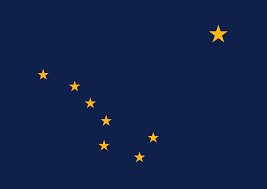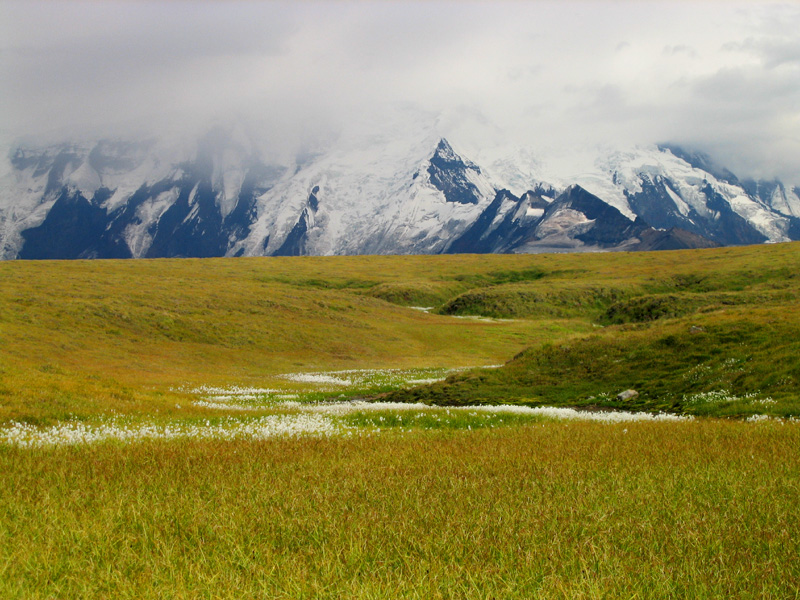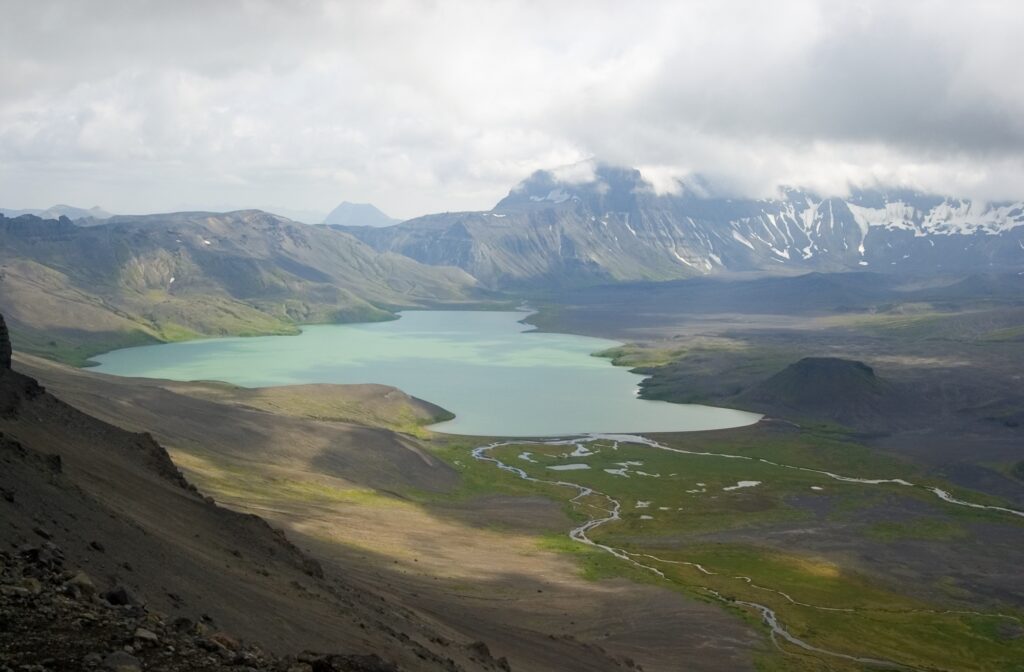John Muir probably said it best: “To the lover of wilderness, Alaska is one of the most wonderful countries in the world.” And this day is when the United States decided to make it official: Alaska could become a state.

Alaska statehood actually occurred on January 3, 1959, becoming the 49th state. But that is just a technicality. On the previous July 7, in 1958, President Dwight Eisenhower signed the bill into law that allowed statehood to happen. A few details needed to be worked out by the people of Alaska (for example, they had to vote to agree to become a state), but July 7 is the day that really mattered.
Admission to statehood completed an Alaskan journey started long earlier. The Alaska Department of Natural Resources cites three milestones in that journey, but I’d suggest five. First, the Native Peoples of Alaska made their way from Asia across the Bering land bridge, the first human inhabitants of the region. Second, some thousands of years later, in the 1700s, Russian explorers started the colonization of the land. Third, the U.S. bought Alaska from Russia on October 18, 1867. The purchase was called “Seward’s Folly” at the time, belittling Secretary of State William Seward’s acquisition of 375 million acres for $7 million (do the math—that’s less than 2 cents per acre).

It took about a century for the fourth event—Alaska became a state. President Eisenhower was not enthusiastic about Alaska becoming a state. He signed the bill without fanfare, stating simply, “Well, that’s 49” (he really wanted Hawaii admitted as a state, though, recognizing what Hawaiians went through in World War 2). As part of the deal, the federal government granted the new state 28% of the land area, or about 103 million acres. A bit of that land is yet to be chosen by and transferred to the state.
The fifth major event in the land history of Alaska occurred in 1971, with the passage of the Alaska Native Claims Settlement Act. That law gave (or, more properly, gave back) 44 million acres to Alaska’s Native Peoples, along with $1 billion to support community investments. The land was divvied up into 13 regional “native corporations” and 224 village corporations.
These native, federal and state lands comprise more than 98% of Alaska’s land. The federal lands are what most Americans consider their slice of Alaska (60% of the total), lands that are home to our love affair with Alaska. The three largest land stewards are the US Forest Service (78 million acres), Bureau of Land Management (78 million acres), and US Fish and Wildlife Service (71 million acres). Some of this land is protected for wildlife, but most of it is available for multiple uses.

The most stunning lands are, of course, the national parks and other National Park Service (NPS) units. In its 48 million acres, the NPS lists 24 national park units (parks, monuments, preserves and historical parks) along with 13 Wild and Scenic Rivers. The largest is Wrangell-St. Elias National Park and Preserve, 13.2 million acres in area (about the same size as Vermont, New Hampshire combined, as long as you throw in Rhode Island). Seven of the ten largest national parks in the U.S. are in Alaska. The third largest is Denali National Park, home of the highest mountain in North America, Mount McKinley (20,308 feet above sea level).
And all this wilderness is still pretty wild. Visitation to Wrangell-St. Elias in 2019 was 74,518 individuals—do some more math, that’s about 1 person for every 178 acres, once a year! (that same acre in Zion National Park had 5,448 visitors.) The total visitation for NPS properties in Alaska is about 3 million per year. That’s about how many people visit Glacier National Park in a year—and Glacier isn’t all that heavily visited, either. The least visited NPS unit is also in Alaska, the Aniakchak National Monument and Preserve, on the Alaskan Peninsula. It has about 600,000 acres, but has only about 100 visitors per year—you can do the math if you want, but let’s just say it is very wild!
And wild is what Alaska should be. We need it. John Muir knew we needed it, too:
“So abundant and novel are the objects of interest in a pure wilderness that unless you are pursuing special studies it matters little where you go, or how often to the same place. Wherever you chance to be always seems at the moment of all places the best; and you feel that there can be no happiness in this world or in any other for those who may not be happy here.”
References:
Alaska Department of Natural Resources. Land Ownership in Alaska. Available at: http://dnr.alaska.gov/mlw/factsht/land_fs/land_own.pdf. Accessed March 18, 2020.
Goodreads. Travels in Alaska Quotes. Available at: https://www.goodreads.com/work/quotes/3039576-travels-in-alaska. Accessed March 18, 2020.
Govtrack. H.R. 7999 (85th): An Act to provide for the admission of the State of Alaska Into the Union. Available at: https://www.govtrack.us/congress/bills/85/hr7999/text. Accessed March 18, 2020.
National Park Foundation. The Size of the Largest National Parks Will Blow Your Mind. Available at: https://www.nationalparks.org/connect/blog/size-largest-national-parks-will-blow-your-mind. Accessed March 18, 2020.
National Park Service. Working with Alaska, By The Numbers. Available at: https://www.nps.gov/state/customcf/bythenumbers/print.cfm?state=ak. Accessed March 18, 2020.
